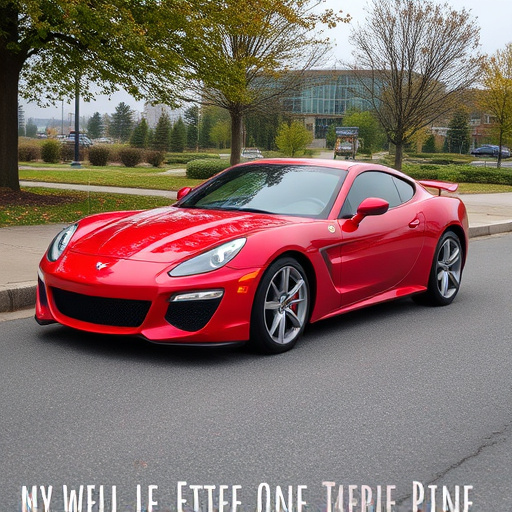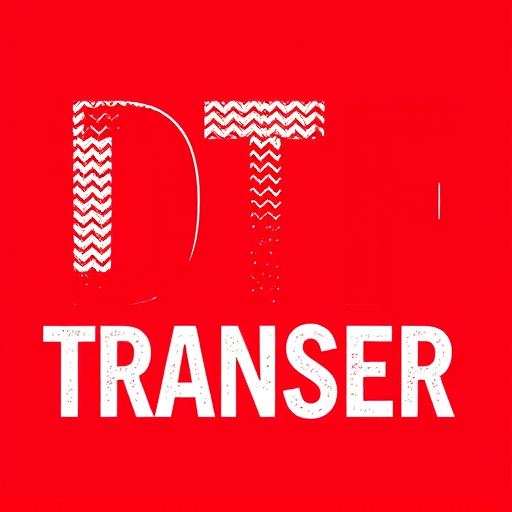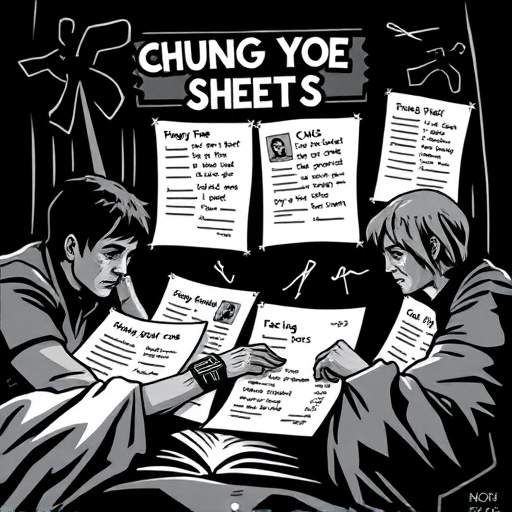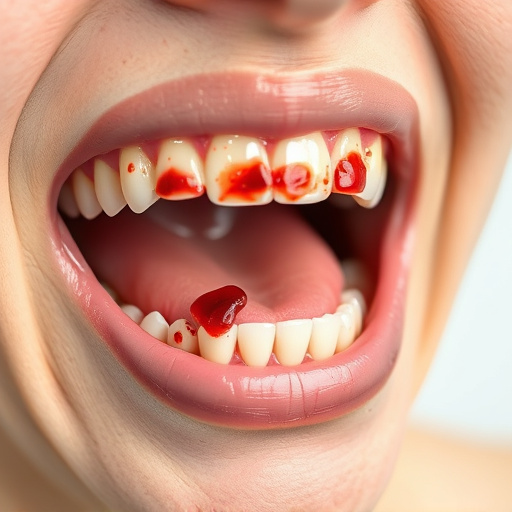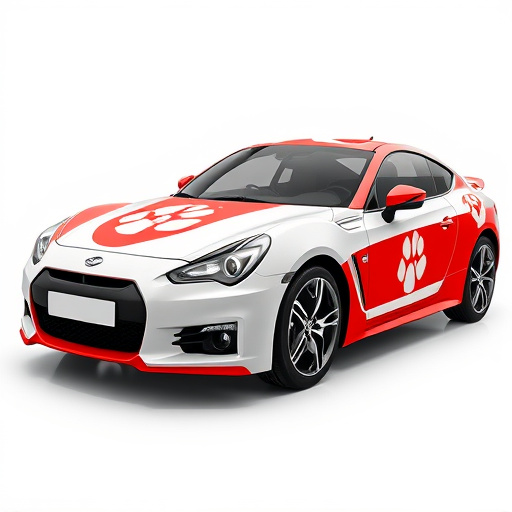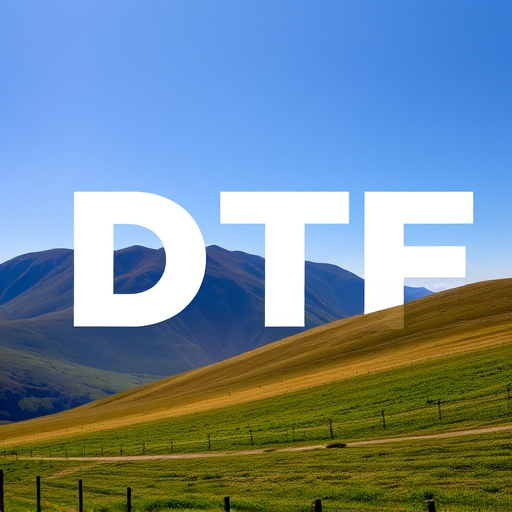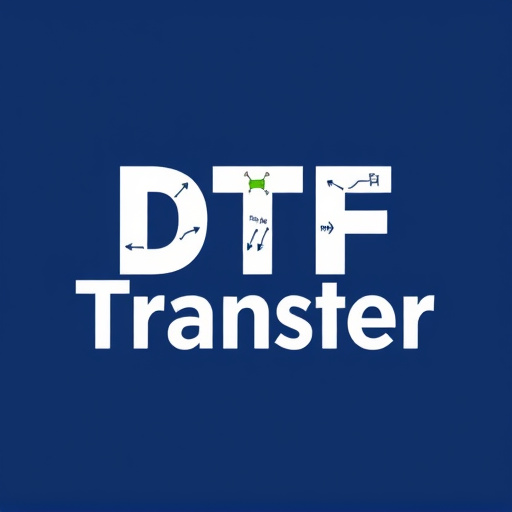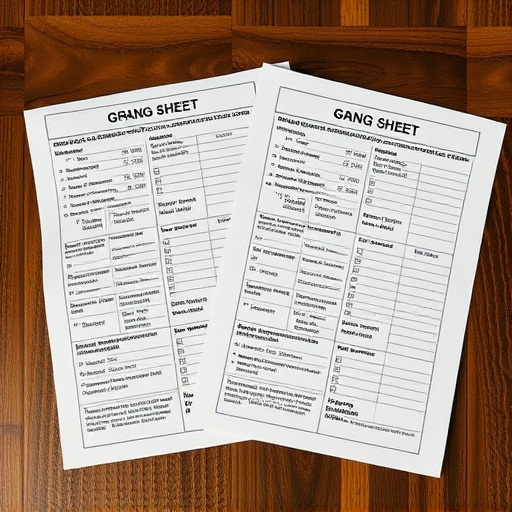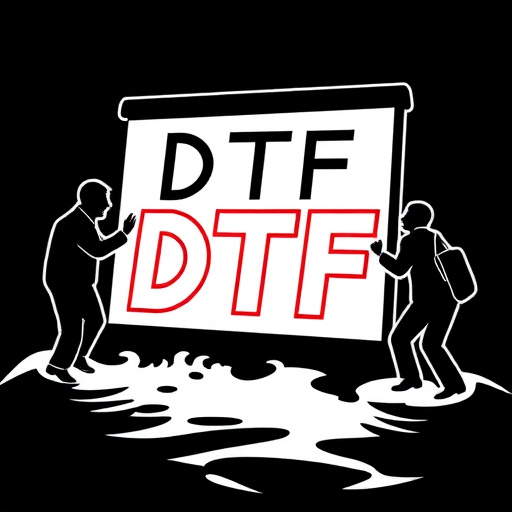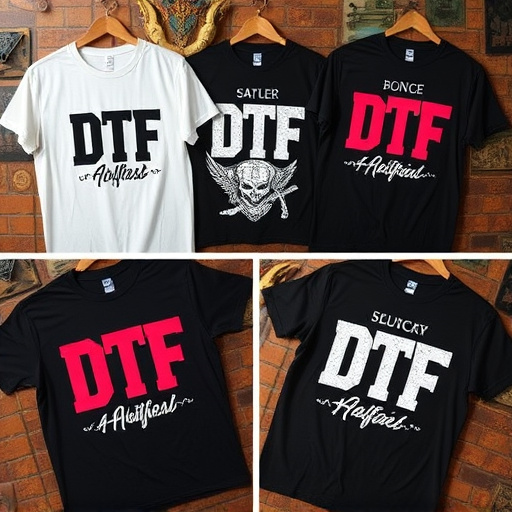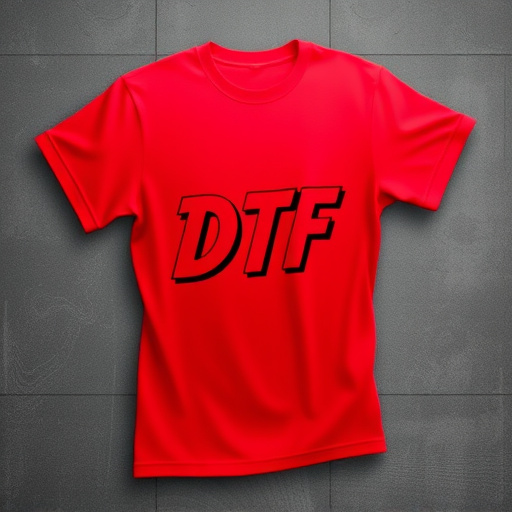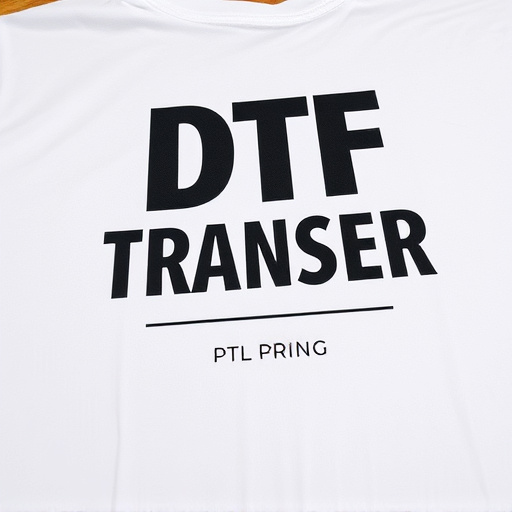DTF Printing (Direct-to-Film) is a cutting-edge technology offering businesses an efficient, high-quality solution for creating full-color prints on various film materials. By eliminating intermediate steps and using specialized printers to deposit ink layer by layer, DTF ensures precise color accuracy, crisp details, faster production times, reduced waste, and enhanced durability. This versatile method supports custom, on-demand orders, making it ideal for signage, packaging, and promotional items. Large-scale DTF printing is cost-effective for bulk orders, catering to diverse marketing and branding needs with vibrant colors and intricate details that drive audience engagement. Key material choices include smooth, dimensionally stable surfaces like plastic, metal, glass, and specific fabrics. The meticulous process involves design optimization, printing with specialized machinery, quality control checks, and careful packaging. For significant discounts, businesses should consider bulk orders, efficient turnaround times, reliable partners, and potential long-term partnerships. DTF Printing has proven adaptable in retail, automotive, and packaging sectors, driving business expansion through innovative applications.
In today’s visual landscape, businesses are constantly seeking innovative ways to enhance their branding and marketing efforts. Direct-to-film (DTF) printing stands out as a game-changer, offering unparalleled versatility and impact for large quantity orders. This article delves into the world of DTF Printing, exploring its benefits, suitable materials, detailed processes, and considerations for bulk ordering. From design to final product, we’ll showcase how successful businesses across various industries have harnessed the power of DTF transfers to leave a lasting impression.
- Understanding Direct-to-Film (DTF) Printing: A Brief Overview
- Benefits of Large-Scale DTF Printing for Businesses
- Types of Materials Suitable for DTF Transfers
- The Process: From Design to Final Product
- Considerations for Ordering Bulk DTF Transfers
- Case Studies: Successful DTF Printing Implementaion in Various Industries
Understanding Direct-to-Film (DTF) Printing: A Brief Overview
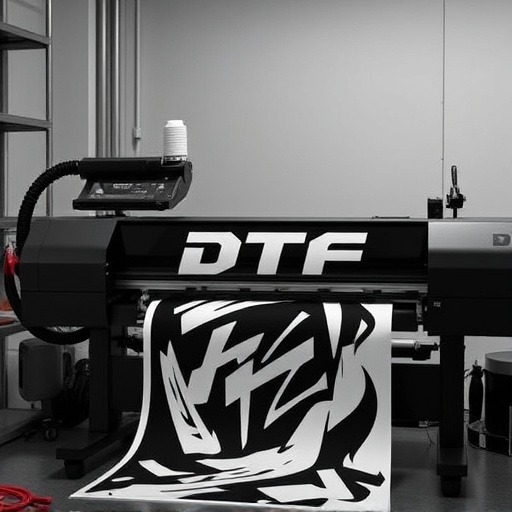
Direct-to-Film (DTF) printing is a cutting-edge technology that allows businesses to create high-quality, full-color prints directly on various film materials. This innovative process eliminates the need for intermediate steps, such as printing on paper and then transferring the image to film. With DTF Printing, businesses can achieve precise color accuracy and crisp details, making it an ideal choice for applications like signage, packaging, and promotional items.
The process involves using specialized printers that deposit ink directly onto the film surface, layer by layer, until the desired design is complete. This method offers numerous advantages, including faster production times, reduced waste, and enhanced durability compared to traditional printing methods. Moreover, DTF Printing enables businesses to produce custom, on-demand orders, making it a versatile solution for meeting diverse marketing and branding needs efficiently.
Benefits of Large-Scale DTF Printing for Businesses
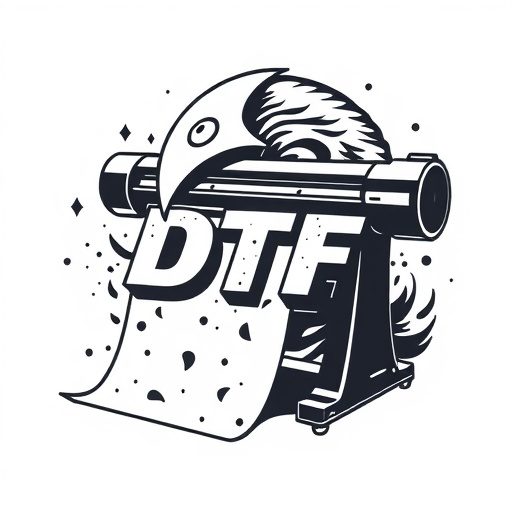
Large-scale DTF (Direct-to-Film) printing offers businesses a powerful and cost-effective method to enhance their marketing efforts and brand visibility. By placing bulk orders, companies can take advantage of significant savings due to economies of scale, making it an attractive option for those looking to print high-quality, custom graphics. This production method streamlines the process, allowing businesses to quickly reproduce complex designs on various materials, from vinyl banners to vehicle wraps.
Moreover, DTF Printing provides exceptional versatility, enabling companies to cater to diverse customer needs. With its ability to produce intricate details and vibrant colors, it ensures that final products stand out and make a lasting impression. Whether for advertising campaigns, event promotions, or corporate branding, large-scale DTF Printing empowers businesses to create eye-catching visuals that drive engagement and leave a lasting impact on their target audience.
Types of Materials Suitable for DTF Transfers

When considering large-scale direct-to-film (DTF) transfers for business applications, understanding suitable material types is paramount. The versatility of DTF Printing allows for a wide array of options, catering to diverse needs. From promotional items like custom phone cases and mugs to branded clothing and even trade show displays, the key lies in selecting materials that align with the desired end product.
Ideal candidates for DTF transfers include smooth, flat surfaces such as plastic, metal, glass, and certain types of fabric. These surfaces offer a seamless interface for high-quality printing, ensuring vibrant colors and crisp details. Additionally, materials with good dimensional stability are preferred to prevent warping or distortion during the transfer process.
The Process: From Design to Final Product
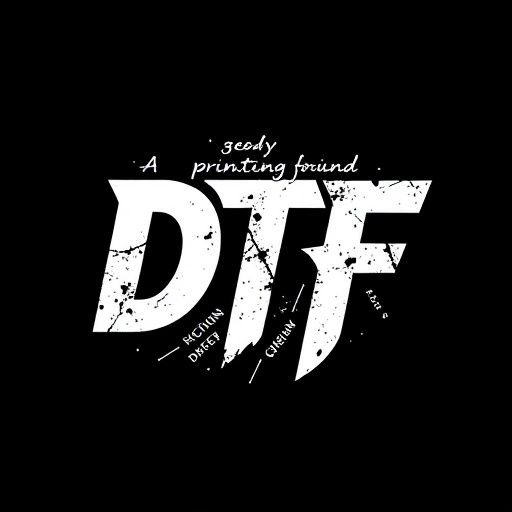
The process of creating large-scale direct-to-film (DTF) transfers for businesses involves several meticulous steps, ensuring that each design is accurately translated into a high-quality final product. It begins with the initial design phase, where customer art or branding is carefully prepared and optimized for DTF Printing. This may include vectorizing graphics, ensuring color accuracy, and making any necessary adjustments to ensure the design lends itself well to the unique properties of film transfer.
Once the design is finalized, it’s ready for printing. Specialized machinery then precisely applies the design onto the chosen substrate, whether it’s vinyl or another material. This process requires exacting precision, as even minor variations can affect the overall quality. After printing, the transferred designs undergo rigorous quality control checks to guarantee they meet the client’s expectations. Any imperfections are addressed promptly, and the final products are carefully packaged for delivery, ensuring a seamless experience from concept to completion.
Considerations for Ordering Bulk DTF Transfers

When considering bulk orders of direct-to-film (DTF) transfers for your business, there are several factors to keep in mind. Firstly, assess your production needs and volume. DTF Printing is most cost-effective when ordering in large quantities, so determine your required print run and ensure it justifies the bulk purchase. The quality and specifications of the final product should also be evaluated, ensuring they meet your business’s standards and requirements.
Additionally, choose a reliable printing partner who specializes in DTF Printing. Research their reputation, turnaround times, and customer reviews to find a provider that can handle large-scale projects efficiently. Negotiate pricing for bulk orders, as significant discounts are often available for such commitments. Consider the potential for ongoing partnerships and ask about any special offers or loyalty programs that could benefit your business in the long term.
Case Studies: Successful DTF Printing Implementaion in Various Industries

Direct-to-film (DTF) printing has proven its versatility and effectiveness across numerous industries, showcasing successful implementations that drive business growth. In the retail sector, for instance, DTF technology enables dynamic in-store signage, allowing businesses to update displays in real-time, enhancing customer engagement. This method is particularly beneficial for promotional campaigns where quick turnaround times are essential.
The automotive industry has also embraced DTF Printing, utilizing it for precision-cut car decals and graphic overlays. This application ensures high-quality, durable finishes that enhance vehicle aesthetics. Moreover, DTF’s capability to print on various materials opens up opportunities in the packaging sector, where custom, on-demand labels and wrappers are in high demand, reducing waste and streamlining production processes.

